Description
The DiGiCo Quantum Range is more than just a family of advanced mixing consoles, it is DiGiCo fulfilling our promise to always look after the best interests of engineers.
Quantum 225

Compact and Robust
Following on from Quantum 338, Quantum 225 brings the power of Quantum in a compact and robust work surface.
Quantum 225 incorporates all of the new design features introduced in 2020 with the Quantum 338, and of course, uses three large-scale seventh-generation FPGAs to continue the unrivaled Quantum legacy. The console merges tried and tested workflows with immense processing muscle, bold innovation, and all of the Quantum features, giving you the ultimate tool set.
Under The Hood
Quantum 225 brings a 17-inch, 1000 nit, high brightness multitouch screen with both a meter bridge and soft quick select buttons for quick and intuitive operation. 41 individual TFT LCDs displaying channel information and metering, bank information, macros, and more guide you immediately to the controls you need. Plus, 25 100mm touch-sensitive faders in two banks of 12 plus a dedicated user-assignable master fader with high-resolution metering.
But there’s more… The defining feature of the Quantum 225 is the ability to customize the left worksurface with the Mounting Bracket. Mount a laptop for creative control, or a KLANG:kontroller for immersive control. You could even mount an extra screen to show your KLANG:app, plugin computer, console overview screen, or it could even display the channel screen for your left bank of faders, transforming your Quantum 225 into a dual-screen console at an unbelievable price point!
With a maximum of 72 input channels with 36 busses and a 12 x 12 matrix, all with full channel processing, Quantum 225 brings Quantum to a wider user base. Also included as standard are Mustard Processing channel strips, Spice Rack plugin-style native FPGA processing options, Nodal Processing, and True Solo.
I/O
Despite being a smaller format console, there hasn’t been any sacrifice when it comes to connectivity.
Local I/O: Quantum 225’s local I/O includes 8 analog inputs, 8 analog outputs, and 2 AES I/O (4 channels)
MADI: Quantum 225 offers 2 redundant MADI in/out at 48kHz, which can also be configured as 4 MADI I/O. At 96kHz this acts as 2 MADI I/O with full channel counts.
Optocore: The Quantum 225 offers the option to add single or dual loops of Optocore. On each loop, which is 504 channels of audio; there can be up to 14 DiGiCo racks or a combination of racks and tie-lines around the loop. With dual Optocore loops, that’s 1,008 Optocore channels of audio and 28 racks running.
UBMADI: In addition, the engine has a 48-channel UBMADI, so you can connect any laptop via USB and get 48 channels of recording and playback.
DMI: We have also incorporated two dedicated DMI slots to accommodate the growing family of DiGiCo DMI card options. Allowing the console connectivity to be configured for the demand of the tour or event, you could plug in a Dante module, or the latest automatic mic mixing module. Each dedicated DMI slot provides you with an additional 64 x 64 I/O.
Waves: There is also an option to add Waves connectivity if you want to utilize SoundGrid processing, giving you a 64 x 64 additional I/O.
Features
- 72 Input Channels
- 36 Aux / Sub-Group Busses
- LR/LCR Master Buss
- 12 x 12 Full Processing Matrix
- 155 Dynamic Equalizers
- 48/96 kHz Sample Rate
Quantum 338

Leap ahead
Representing a dramatic leap forward in power and connectivity within a remarkably compact format, Quantum 338 follows Quantum 7 in defining the future of audio mixing.
Boasting a wealth of new design features and enhancements to create ultimate flexibility of use plus the speed of operation that only Quantum can deliver, Quantum 338 is based on seventh-generation FPGAs with an entirely new system architecture. The console merges tried and tested workflows with immense processing muscle and bold innovation including a striking new dark mode.
Under The Hood – Ultimate Stadius!
Quantum 338 puts a trio of 17-inch, 1000 nit, high brightness multitouch screens at your disposal, with both the meter bridge and soft quick select buttons displayed on each screen for quick, intuitive operation. In addition, 70 individual TFT channel displays join the floating Quantum chassis with 38 100mm touch-sensitive faders laid out in three blocks of 12 fader banks plus two dedicated user-assignable faders, each with high-resolution metering.
Superior local audio connectivity and performance come courtesy of the new “Ultimate Stadius” 32-bit ADC and DAC conversion, which is built into the Quantum 338 as standard alongside six single or three redundant MADI connections, dual DMI slots, and a built-in UB MADI USB recording interface.
Also included as standard are Mustard Processing channel strips, Spice Rack plugin-style native FPGA processing options, Nodal Processing, and True Solo.
I/O
With a maximum of 128 input channels with 64 busses and a 24 x 24 matrix, all with full channel processing, Quantum 338 takes built-in console I/O to new levels of performance.
The console’s 8 local mic/line inputs and eight local line outputs all feature 32-bit “Ultimate Stadius” converters, while users have access to 4 stereo AES/EBU in/out, triple redundant MADI in/out (which can also be configured as 6 MADI I/O at 48kHz), dual DMI card slots, support for dual second-generation Optocore loops, a built-in UB MADI USB interface and more. Waves connectivity can also be added with a SoundGrid Interface card, adding up to an additional 64 I/O.
Features
- 128 Input Channels
- 64 Aux / Sub-Group Busses
- LR/LCR/LCRS/5.1 Master Buss
- 24 x 24 Full Processing Matrix
- 286 Dynamic Equalizers
- 48/96 kHz Sample Rate
Quantum 5

Own The Room.
Quantum 5: Own the stage
The iconic SD5 paved the way to greatness with its immense power. The Quantum 7 showed you the supremacy to tackle any challenge, now the Quantum 5 is ready to take over.
Following on from the huge success of DiGiCo’s flagship Quantum 7, the Quantum 5 engine slots neatly into the existing SD5 frame. With its 37 faders and three 15-inch full-color TFT touchscreens, it provides Quantum processing features, power, and connectivity in both new and existing hardware.
The Quantum 5 really does teach an old dog new tricks!
Quantum – The Power of Three
Continuing the legacy of previous Quantum consoles, the Quantum 5 brings you the extraordinary might of three large-scale FPGAs working in unison.
Developed with seventh-generation FPGA devices that further expand audio processing power and allows DiGiCo to provide its users with unrivaled flexibility.
Inside the Quantum engine, up to 2,000 channels can be transported across 458 processing paths at 96kHz. New GTX ports run at 6.6GHz while simple two-wire connections ensure the fastest possible data speeds to reach a new pinnacle in mixing capability. Fully scalable and designed to communicate seamlessly with the next generation of FPGAs, the Quantum engine is a uniquely formidable platform for an ambitious industry.
Under The Hood
Unlike the SD5, the Quantum 5 has over 450 processing paths at 96kHz. This includes 288 processing channels configurable as up to 256 input channels and up to 128 busses, plus a 36 x 36 matrix. The engine is also equipped with four redundant, or eight individual, MADI ports and two DMI slots (DiGiCo Multi-Channel Interface) for AoIP and other connectivity options from the complete family of DMI cards options, plus a built-in Waves port and up to two Optocore loops.
Quantum 5 hosts the world’s most flexible and feature-rich mixing experience right at your very fingertips. Across both inputs and outputs includes Channel Delay, DiGiTube, Single and Multi-Channel Presets, Dual insert points, Hi- and Lo-pass filters at 24dB/octave, four-band parametric EQ (eight on outputs) with band curve selection, and Dynamic EQ on each band, DiGiCo’s DYN 1 (Compressor, De-esser or Multiband Compressor) and DYN 2 (Gate, Compressor or Ducker).
Just like our other Quantum consoles, the Quantum 5 includes the legendary Mustard Processing. A fully integrated suite of additional processing that can be assigned to any strip to boost your mix with a range of modeled preamps, vintage dynamics units, and EQ sections, all only a touch away.
In addition, 128 busses are assignable as mono/stereo groups or auxiliaries, while a 36×36 output matrix, dual solo busses with True Solo, and an LR/LCR/5.1 Master buss are available for even deeper configurability.
Last but not least, with the inclusion of the now highly regarded Nodal Processing which allows monitor engineers unrivaled creativity on their IEM mixes, and of course True Solo to allow them to hear exactly as their artist does.
Quantum 5 Features
- Nodal Processing allows monitor engineers unrivaled creativity on their IEM mixes.
- True Solo allows them to hear exactly as their artist does. These are combined with the multiple flavors of 48 channels of Mustard processing and 12 Spice Rack processing slots, including Chilli 6.
- Mustard processing which provides a choice of two pre-amp modelers, a four-band EQ (including all-pass filters), four different boutique-style compressor models, and a gate/ducker. Quantum 5 is equipped with 48 mono Mustard processing strips which can be used on any channel type.
- The Spice Rack, meanwhile, supports plugin-style native FPGA processing options, allowing you to build a rack of up to twelve insertable processors. The first of these is the Chilli 6 – a six-band multi-band compressor that allows full control of all parameters, including DiGiCo’s unique, patented, release shape control, which means Chilli 6 is perfect for shaping vocals and instruments as well as focusing on problem frequencies.
I/O
Local I/O: Quantum 5’s local I/O includes 8 analog inputs, 8 analog outputs, and 8 AES I/O (mono)
Optocore: The amount of connectivity is very special. Quantum5 comes as standard with one Optocore fiber loop, which is 504 channels of audio; there can be up to 14 DiGiCo racks or a combination of racks and tie-lines around the loop; and there is an option to upgrade to a dual loop, which allows for 1,008 Optocore channels of audio and 28 racks running.
UBMADI: In addition, the engine has a 48-channel UBMADI, so you can connect any laptop via USB and get 48 channels of recording and playback.
DMI: We have also incorporated two dedicated DMI slots to accommodate the growing family of DiGiCo DMI card options. Allowing the console connectivity to be configured for the demand of the tour or event, so you could plug in a Dante module, or the latest automatic mic mixing module. Each dedicated DMI slot provides you with an additional 64 x 64 I/O.
Waves: There is also Waves connectivity if you want to utilize SoundGrid processing, giving you a 64 x 64 additional I/O.
Step up to Quantum 5 and own the stage!
Features
- 256 Input Channels
- 128 Aux / Sub-Group Busses
- LR/LCR/5.1 Master Buss
- 36 x 36 Full Processing Matrix
- 458 Dynamic Equalizers
- 48/96 kHz Sample Rate
Quantum 7

Own The Room.
The fastest, smartest console ever created, Quantum 7 delivers the functionality, audio performance, and sheer scale required to deliver the largest productions now and in the future. With Quantum 7, you have the power to tackle any challenge and truly own the room.
Built to exceed the ambitions of tomorrow’s touring productions, Quantum 7 breaks the barrier of seventh-generation FPGA technology to deliver a dramatic leap forward in power and connectivity. All of this can be added to your existing SD7 surface, ensuring rental partners benefit from an even longer return on investment.
The result is a revolution of possibilities that towers above every other mixing platform available today.
Quantum – The Power of Three
Where once it was impossible to efficiently build an engine with more than one FPGA, now Quantum 7 brings you the extraordinary might of three large-scale FPGAs working in unison.
Inside the Quantum engine, up to 2,000 channels can be transported across 688 processing paths at 96kHz. New GTX ports run at 6.6GHz while simple two-wire connections ensure the fastest possible data speeds to reach a new pinnacle in mixing capability. Fully scalable and designed to communicate seamlessly with the next generation of FPGAs, the Quantum engine is a uniquely formidable platform for an ambitious industry.
Under The Hood
Quantum 7 places the world’s most flexible and feature-rich mixing experience at your fingertips. Standard channel processing across both inputs and outputs includes Channel Delay, DiGiTuBe, Single and Multi-Channel Presets, Dual insert points, Hi- and Lo-pass filters at 24dB/octave, four-band parametric EQ (eight on outputs) with band curve selection, and Dynamic EQ on each band, DiGiCo’s DYN 1 (Compressor, De-esser or Multiband Compressor) and DYN 2 (Gate, Compressor or Ducker).
All of this is before the arrival of Mustard Processing, a fully integrated suite of additional processing that can be assigned to any strip to boost your mix with a range of modeled preamps, vintage dynamics units, and EQ sections, all only a touch away.
The master section incorporates 48 gangable 48-band graphic EQs, 48 stereo effects, and 36 control groups (VCAs); using snapshots, you can now switch between complete configurations in any live environment more quickly and easily than ever before, be it during rehearsals, set-up or even mid-show.
In addition, 128 busses are assignable as mono/stereo groups or auxiliaries, while a 48×48 output matrix, dual solo busses with True Solo, and an LR/LCR/5.1 Master buss are available for even deeper configurability.
Last but not least, with the inclusion of patented Nodal Processing, engineers now enjoy more creativity than was previously possible – for the first time, processing can be applied to any node on the auxiliary section of the console, allowing engineers to send unique processing on each send from single or multiple channels.
Quantum 7 Features
- There is an arm processor, which handles all the communications between the host PC and the FPGA core; it’s the translator that communicates all the worksurface flow to the core processor
- There are now three fourth-generation SHARCS controlling the interpolation algorithms in the FPGA to produce that warm analog feel, which will make a significant difference to any engineer.
- Nodal Processing: The patented Nodal Processing appreciates the demands on monitor engineers and sound designers to be able to provide creativity not only on the channels but actually on each node of an aux buss. A full complement of processing can be allocated to the send allowing a unique mix tailored for the artist or the audience.
- True Solo: This allows the operator’s monitoring system to replicate almost any section of the console, and how that source is being processed and heard. This saves time and speeds up the process of managing the potentially daunting number of channels and busses available to the user.
I/O
The Quantum 7 is renowned for its heavyweight I/O, and with good reason.
Local I/O: Quantum 7’s local I/O includes 12 analog inputs, 12 analog outputs, and 12 AES I/O (mono)
Optocore: The amount of connectivity is very special. SD7 Quantum comes as standard with one Optocore fiber loop, which is 504 channels of audio; there can be up to 14 DiGiCo racks or a combination of racks and tie-lines around the loop; and there is an option to upgrade to a dual loop, which allows for 1,008 Optocore channels of audio and 28 racks running.
UBMADI: In addition, the engine has a 48-channel UBMADI, so you can connect any laptop via USB and get 48 channels of recording and playback.
DMI: We have also incorporated two dedicated DMI slots to accommodate the growing family of DiGiCo DMI card options. Allowing the console connectivity to be configured for the demand of the tour or event, so you could plug in a Dante module, or the latest automatic mic mixing module. Each dedicated DMI slot provides you with an additional 64 I/O.
Waves: There is also Waves connectivity if you want to utilize SoundGrid processing, giving you 64×64 additional I/O.
The console of tomorrow is available today – step up to Quantum 7 and own the room!
Features
- 256 Input Channels
- 128 Aux / Sub-Group Busses
- LR/LCR/5.1 Master Buss
- 48 x 48 Full Processing Matrix
- 694 Dynamic Equalizers
- 48/96 kHz Sample Rate
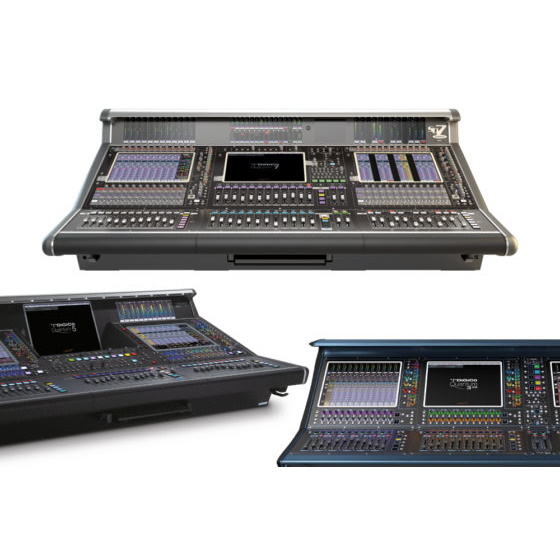




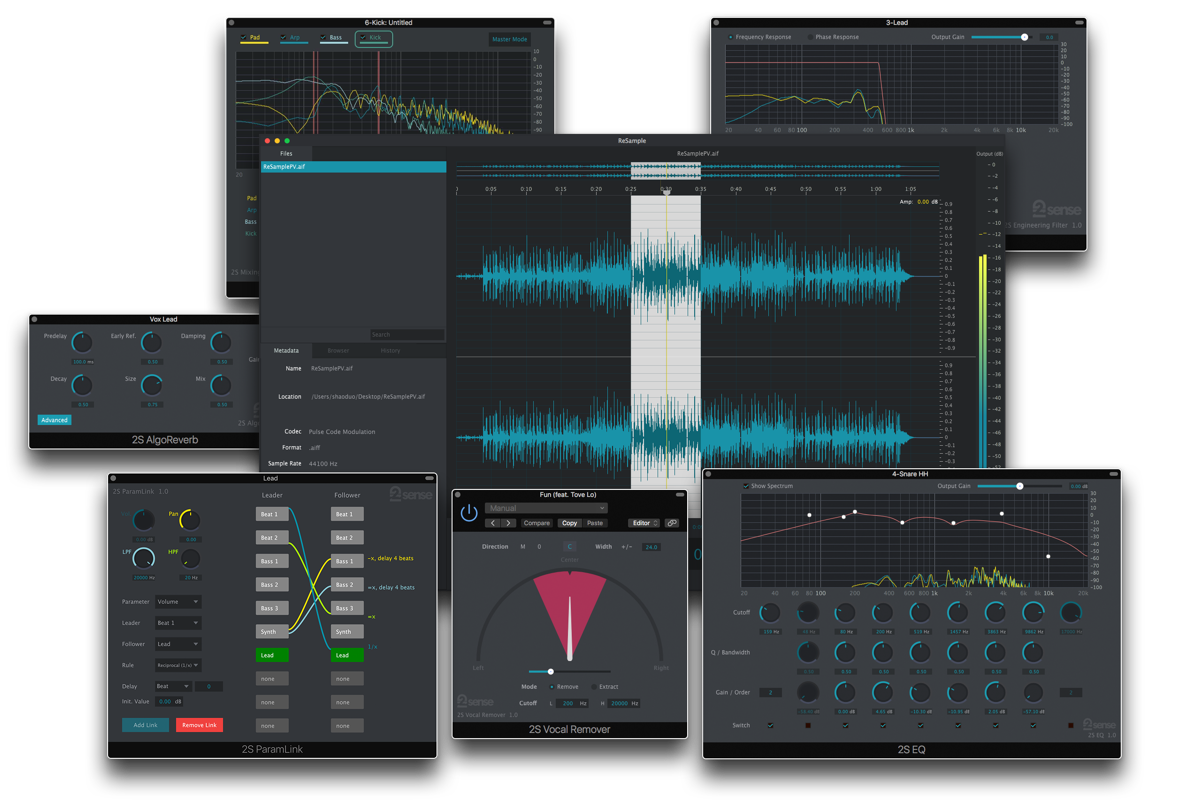
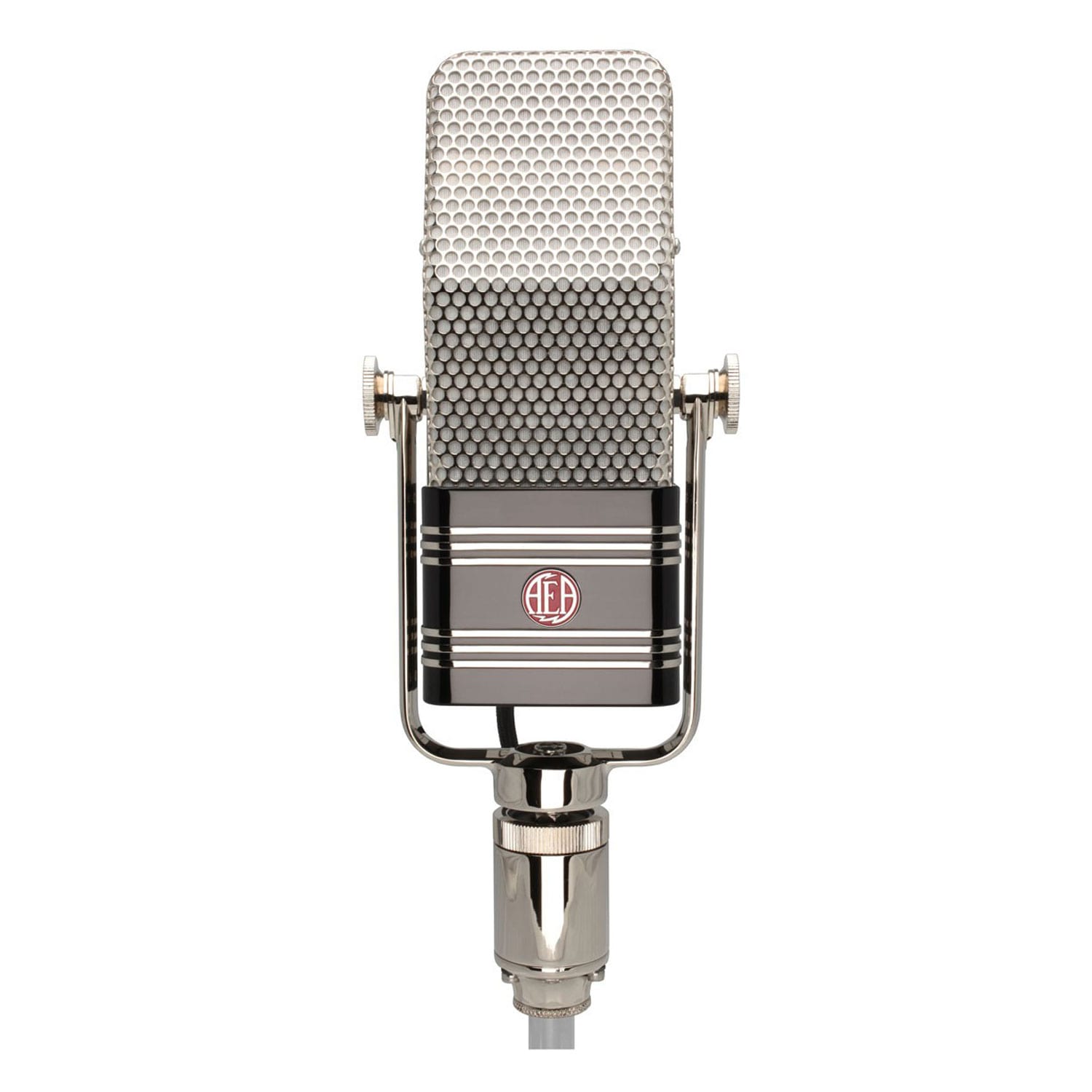

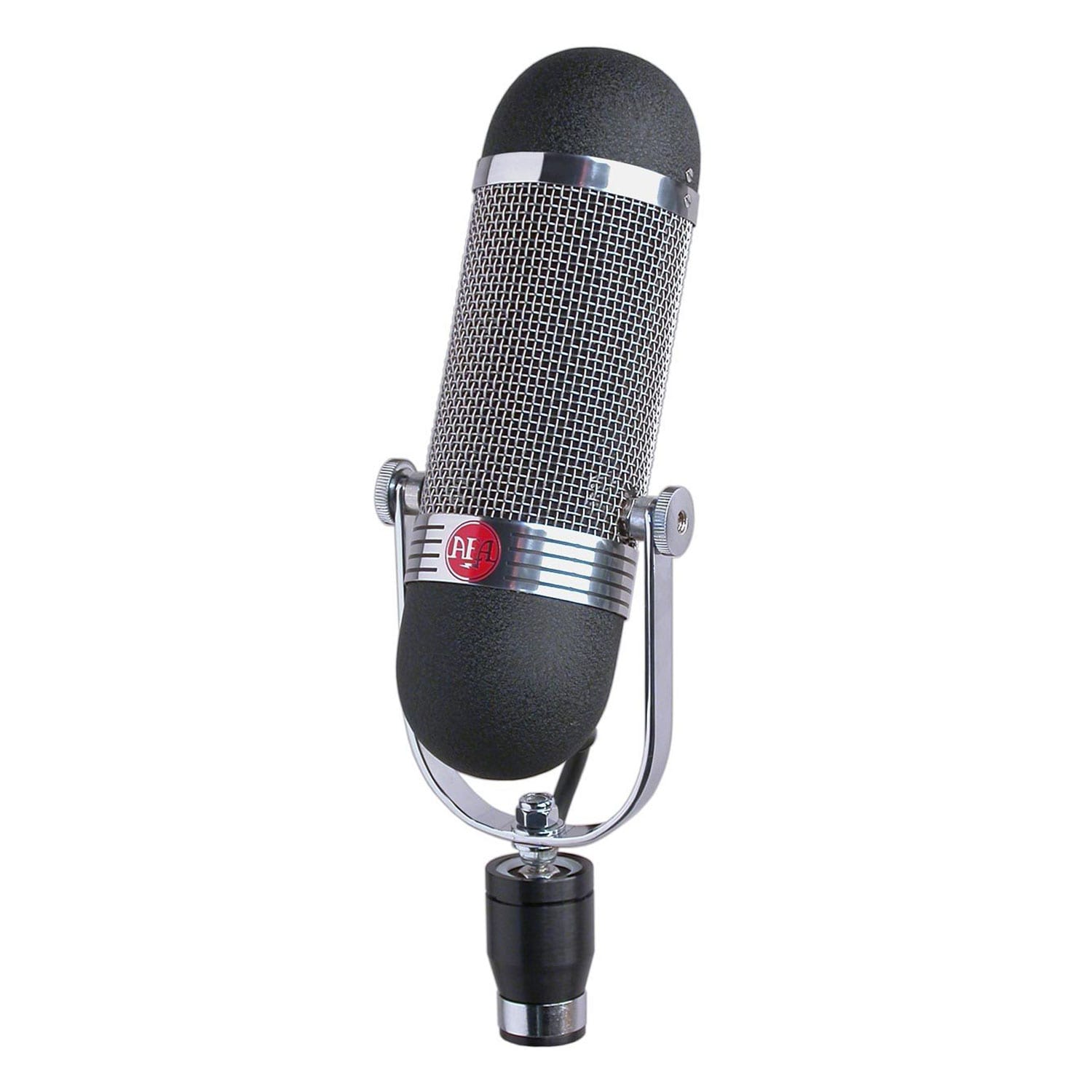

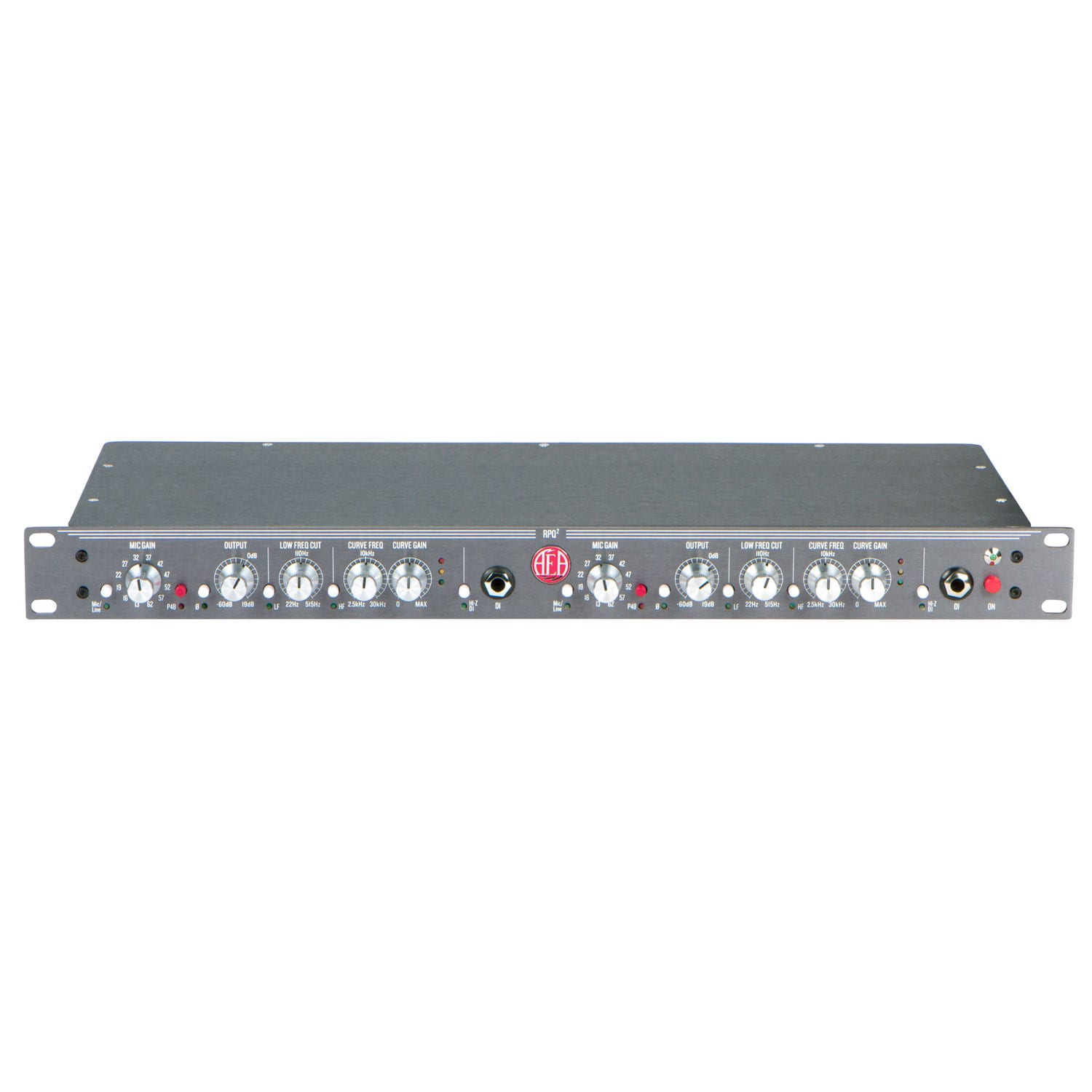

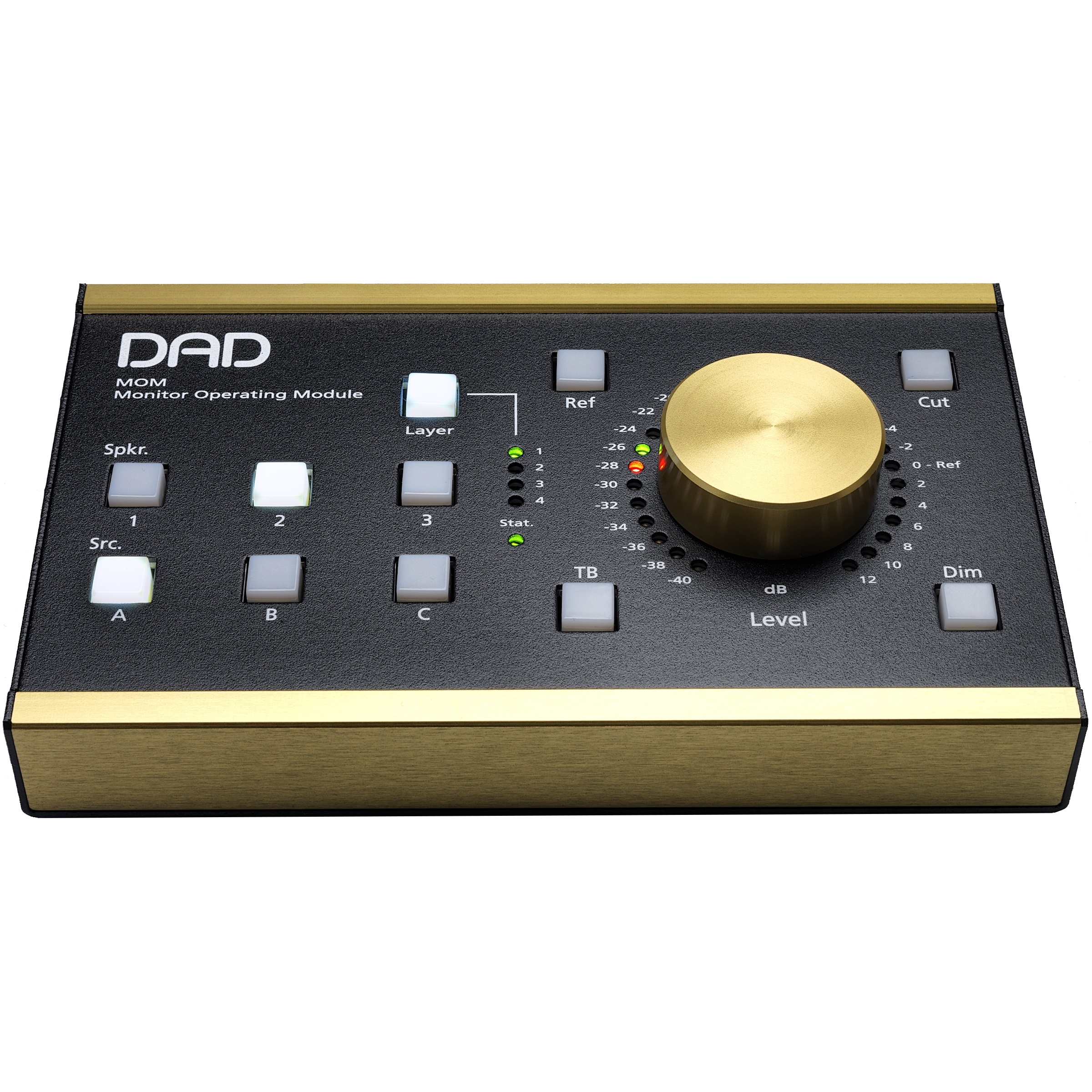
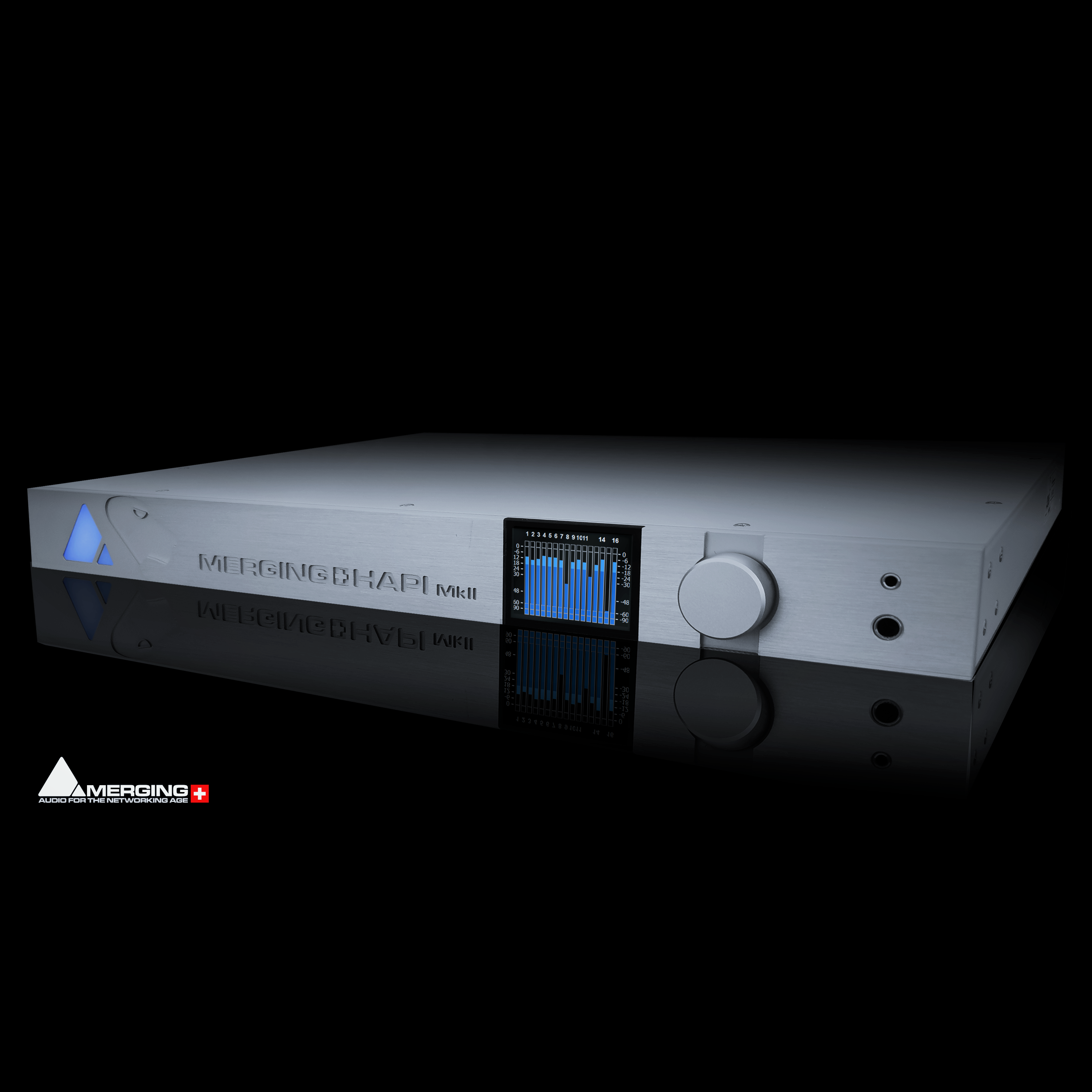

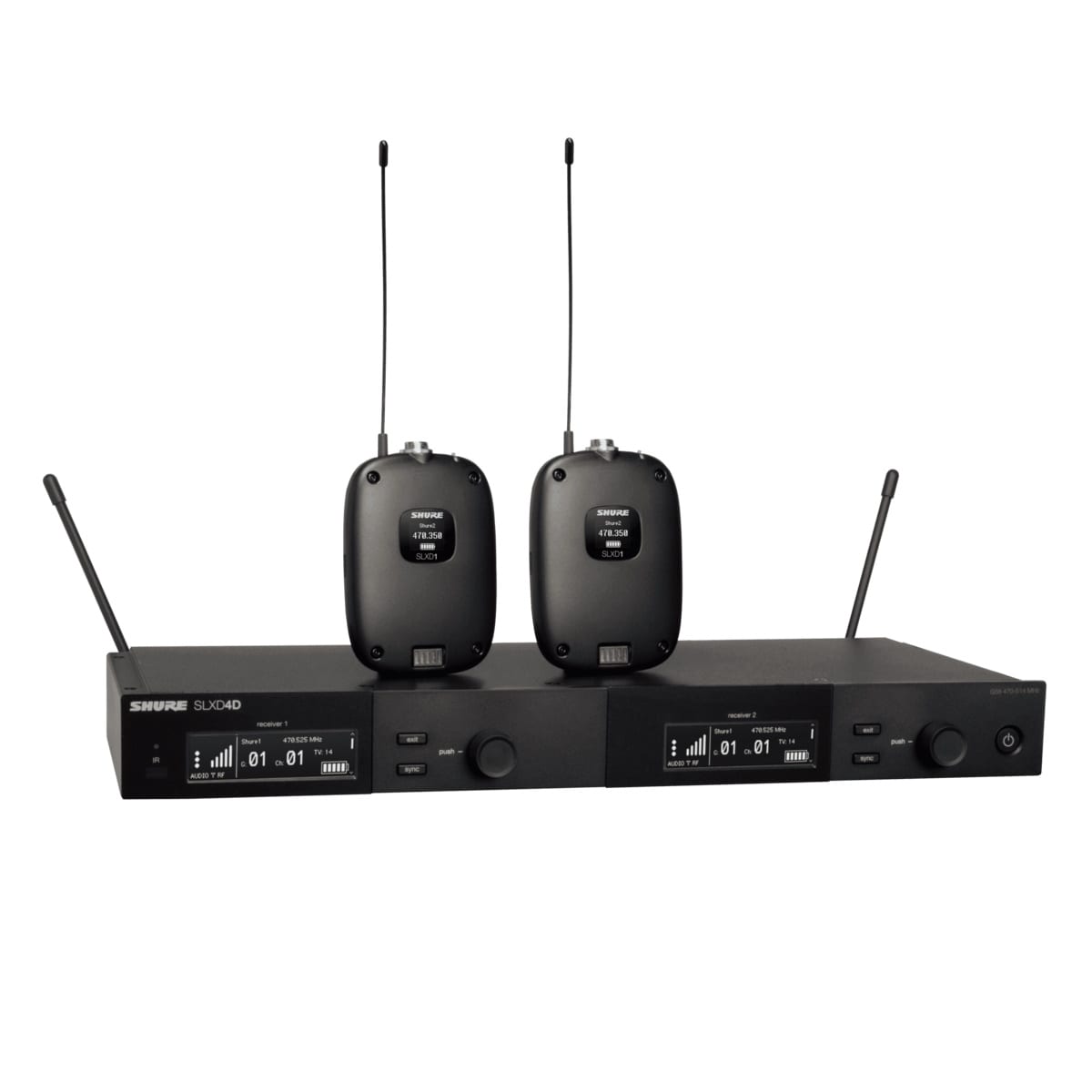
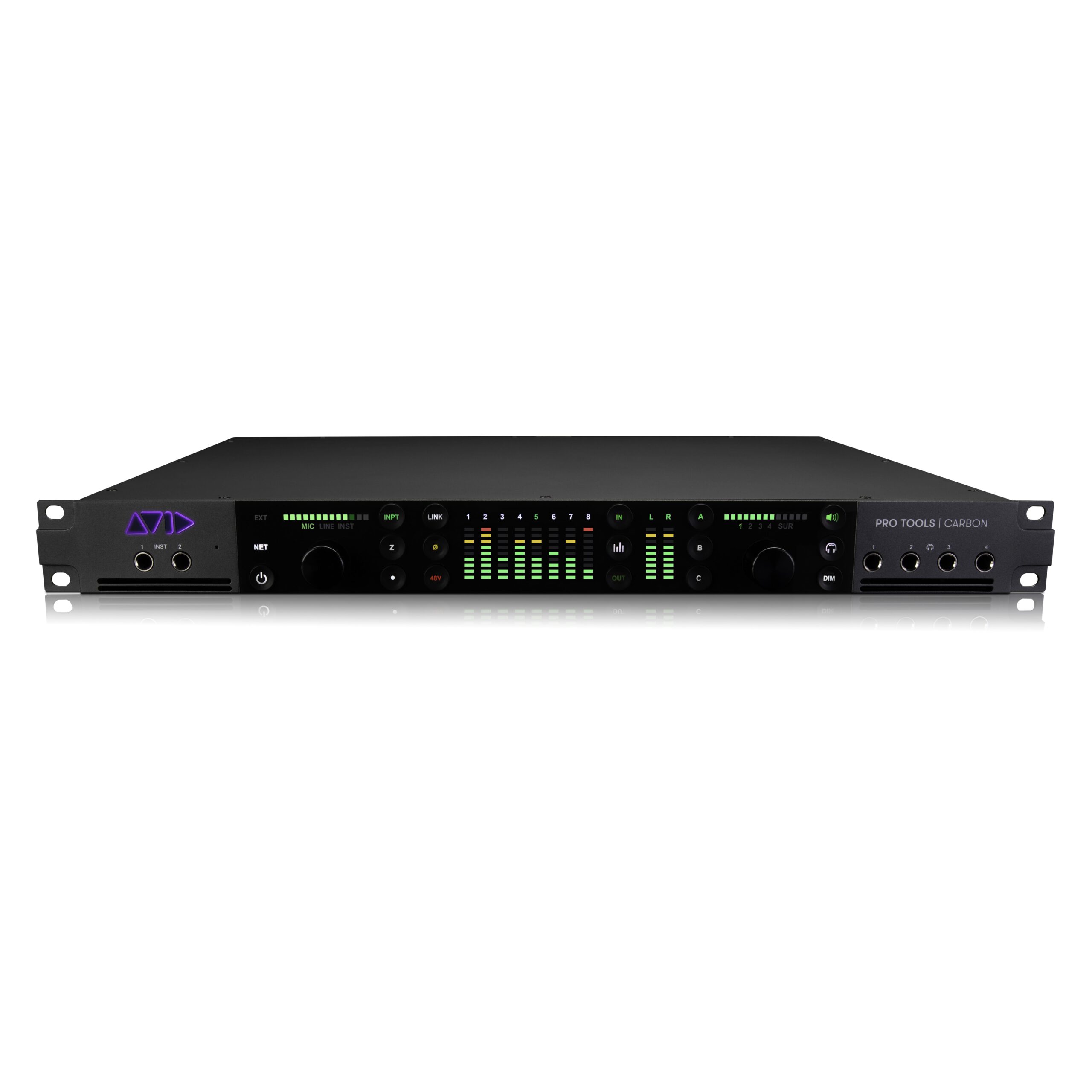
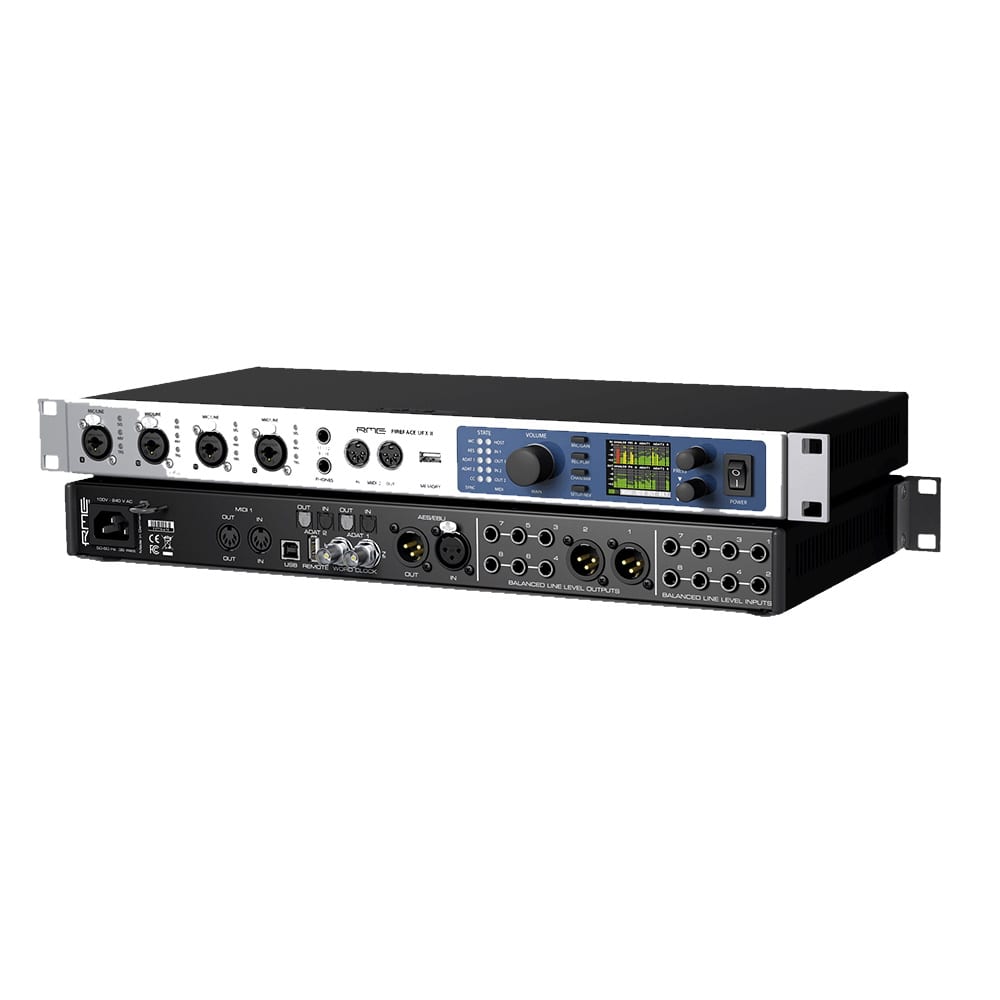
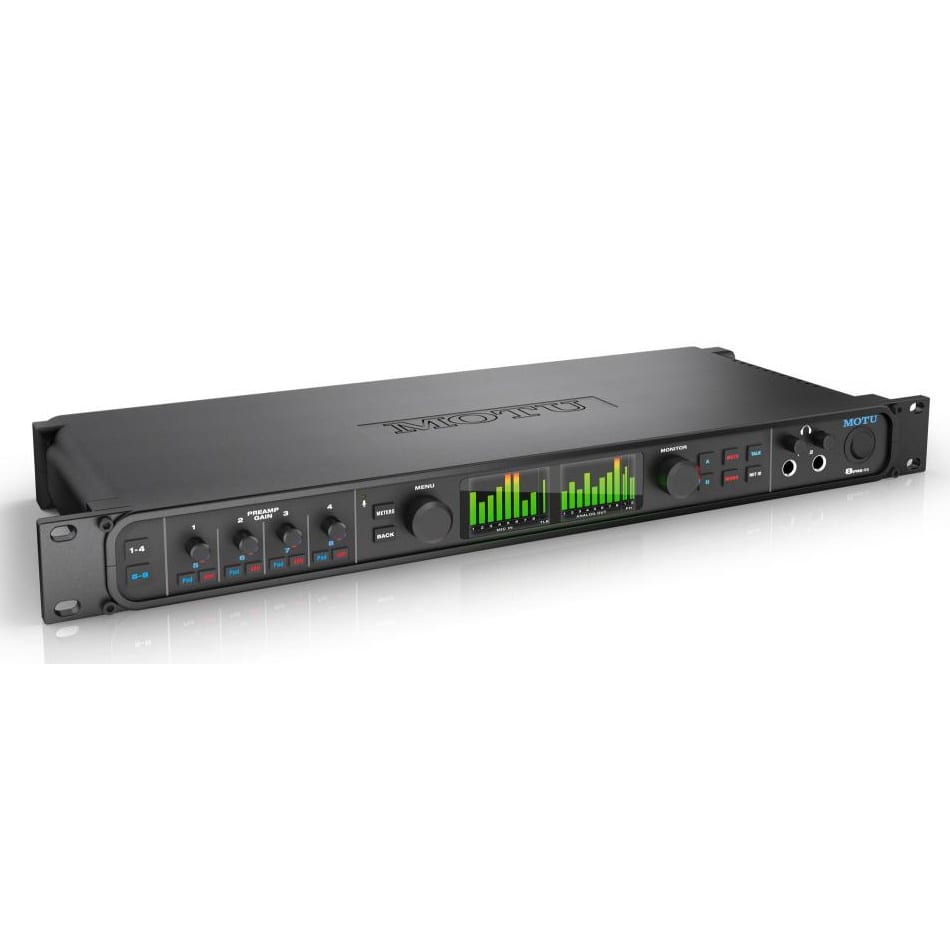
Reviews
There are no reviews yet.